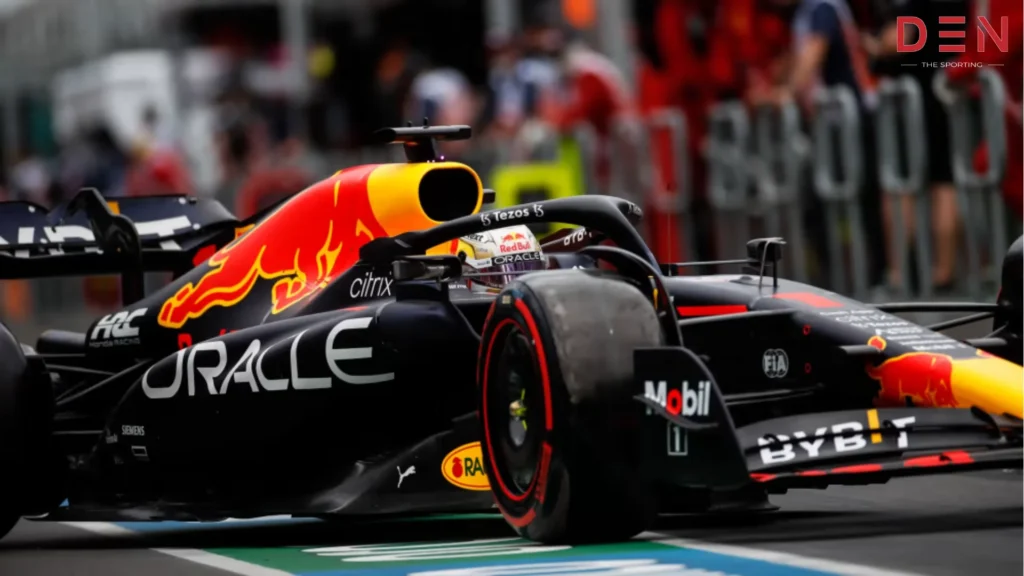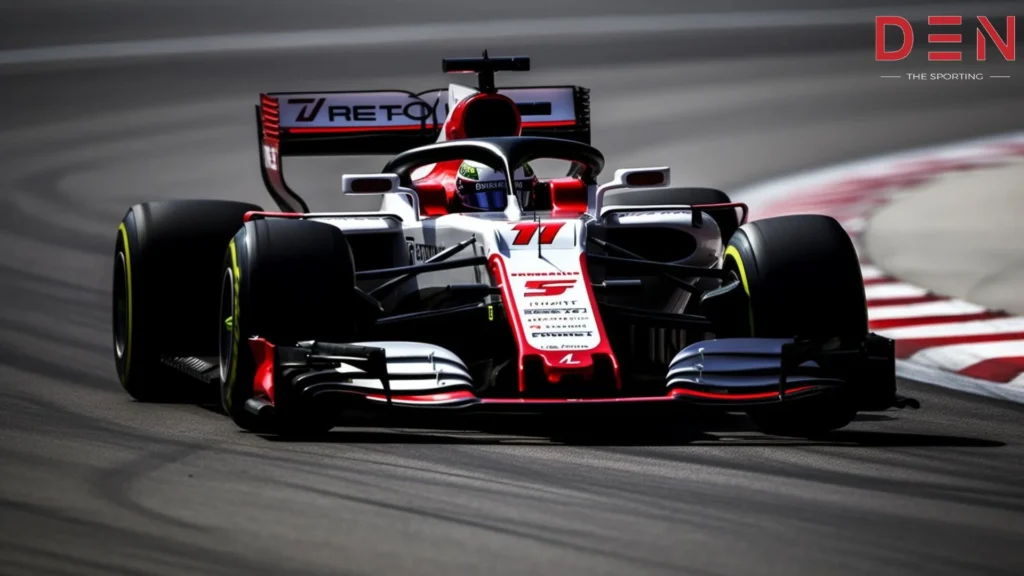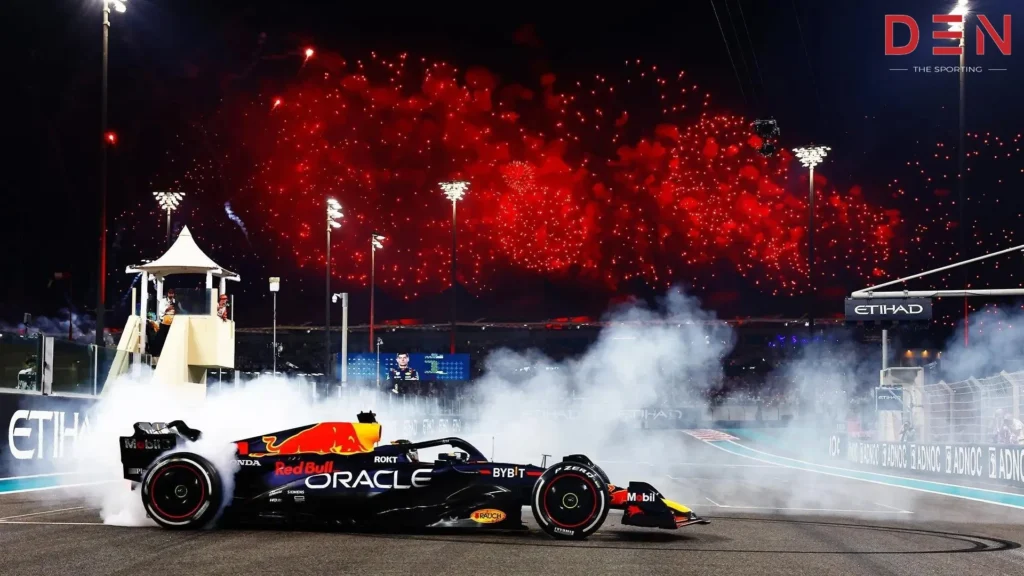
The Red Bull Ring, nestled amidst Austria’s majestic mountains, isn’t just a playground for speed demons. It’s a crucible where Formula One tyres face a relentless assault. From abrasive tarmac that shreds rubber like cheese graters to high-speed corners that contort them into submission, navigating optimal tyre performance here is akin to walking a tightrope over a canyon. Buckle up, because we’re diving into the heart of this tyre management battle where we will have a look at The Challenges of Managing Tyre Degradation at the Red Bull Ring.
Suggested Read: Iconic Formula 1 Races: Moments Etched in Motorsport History
The Challenges of Managing Tyre Degradation: Tarmac Terror
Forget pristine billiard tables. The Red Bull Ring’s asphalt is a coarse beast, its texture relishing the opportunity to chew up rubber, especially on softer tyre compounds. Corners like Turns 1, 3, and 9 subject tyres to lateral loads that would make even weightlifters wince, further accelerating this wear. It’s like running your tyres through a cheese grater – exhilarating, maybe, but not exactly sustainable.
Heatwave Havoc
As if the track conditions weren’t challenging enough, factor in Austria’s scorching summer temperatures, and tire temperatures soar quicker than political commitments. Overly heated tires, akin to overdone steaks, develop blisters and diminish traction, necessitating pit stops and undermining strategic plans. Conversely, maintaining excessively cool tire temperatures, akin to lukewarm tea, also impedes performance. It’s a delicate balancing act between navigating a fiery furnace and skirting the edges of a frosty limbo.
The Challenges of Managing Tyre Degradation: Aero Agony
Red Bull’s RB19, like many high downforce cars, generates impressive aerodynamic grip. While this makes cornering a dream, it comes at the cost of increased tyre wear. It’s a Faustian bargain – phenomenal grip traded for accelerated degradation. Finding the right balance is vital, because excessive downforce can turn your tyres into confetti faster than you can say “pit stop.”
Set-up Shenanigans
The optimal suspension and wing settings are a complex puzzle here. A stiff set-up might minimize wear, but cornering becomes as smooth as sandpaper. Conversely, a softer set-up offers better handling, but wear becomes the tyre equivalent of a melting snowman. This balancing act gets even trickier as track conditions and tyre wear evolve throughout the race. It’s like tuning a violin in a windstorm – challenging, but oh-so-rewarding when you get it right.
The Challenges of Managing Tyre Degradation: Strategy Scramble
Amidst the dominion of tire degradation, race strategies evolve into elaborate mental chess matches. Teams must anticipate degradation patterns, determine pit stop opportunities akin to a master watchmaker’s precision, and adapt to adversaries’ maneuvers on the fly. A single misstep can swiftly demote a driver through the ranks, akin to slipping on a stray banana peel. It’s a high-stakes chess game unfolding on the asphalt, where each maneuver carries tire-centric ramifications.
Driver Dilemma
Drivers aren’t mere passengers in this tyre management rodeo. Smooth lines, avoiding wheelspin like the plague, and minimizing aggressive maneuvers are all essential to preserving rubber. But finding the perfect balance between speed and conservation can be mentally taxing, demanding constant focus and adaptation. It’s like driving on eggshells – exhilarating, but with the constant threat of a messy omelette if you crack under pressure.
The Challenges of Managing Tyre Degradation: The Evolving Equation
The tyre management equation at the Red Bull Ring is constantly rewritten. New tyre compounds emerge, car development pushes boundaries, and teams refine their strategies like seasoned chefs perfecting their signature dishes. This ongoing battle between performance and longevity keeps Formula One engineers and strategists on their toes. It’s a dynamic race within the race, where innovation and adaptation are the keys to unlocking victory.
FAQs
Teams keep it under wraps, but tyre pressure and camber angles play a role.
Absolutely! Colder temperatures decrease grip and accelerate wear.
Yes, some corners are especially demanding:
Turn 2 (Remus Curve): A high-speed right-hander that puts significant lateral load on the tyres.
Turn 7 (Zeltweg): Another fast right-hander with a bumpy surface that can be harsh on tyres.
Turn 10 (Schlossklemme): A tight left-hander that requires good front tyre grip for a clean exit.
Formula 1 Websites & News Outlets: Their Official Website (https://www.formula1.com/), Formula 1 News (https://www.grandprix.com/news/) & BBC Sport – Formula 1 (https://www.bbc.co.uk/sport/formula1)
Suggested Read: How much does Formula 1 Tickets Costs? A Complete Guide of F1 Tickets
Summing it Up
The Red Bull Ring transcends mere racetrack status; it evolves into a battleground where tires face rigorous examination. Confronting abrasive asphalt and soaring temperatures, alongside the challenges of setup and tactics, every facet of the race weekend revolves around optimizing tire durability. Mastery of this intricate balance distinguishes the podium achievers from the contenders, rendering the Red Bull Ring a genuine trial of Formula One’s strategic and technical acumen. It’s a spectacle where rubber encounters the road, and only the most adept tire tacticians emerge triumphant.
David Conn, a distinguished sports journalist with 20 years of experience, is a trusted voice in sports reporting. Known for his precision in dissecting NFL plays, analyzing NHL strategies, exploring soccer finesse, and diving into basketball tactics, Conn brings an unwavering commitment to storytelling. Join us as we explore the dynamic world of sports through Conn’s nuanced understanding of athletes, strategies, and narratives in NFL, NHL, football, soccer, basketball, and more.



